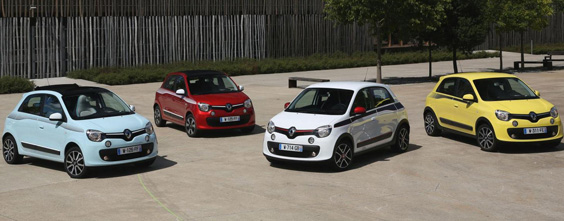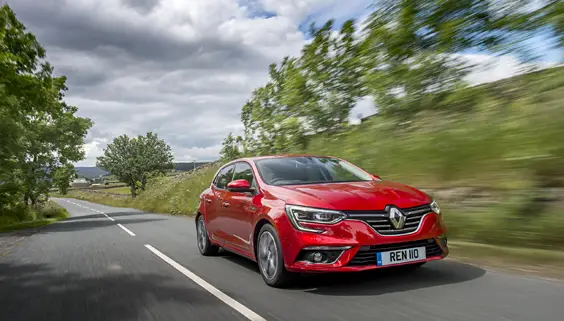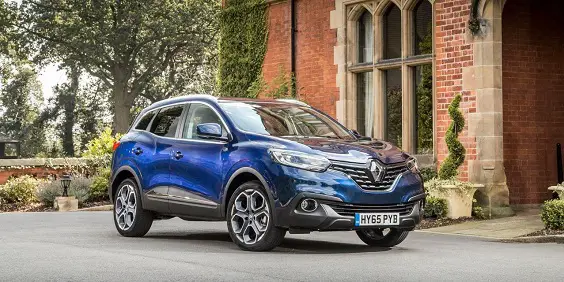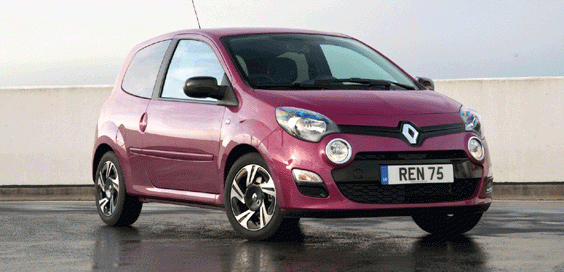Renault Twingo Expression – Review
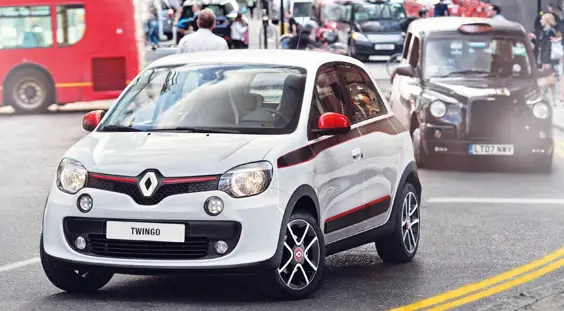
By Liam Bird
Ever since Alec Issigonis sketched what was to become the original (and still the best) mini on a napkin during dinner, nearly every small car you can think of has followed his layout of transversally front-mounted engine, front-wheel drive. There have been exceptions; Hillman’s Imp springs to mind immediately, partly because I had one; the original Fiat 500 too. And then there was the…
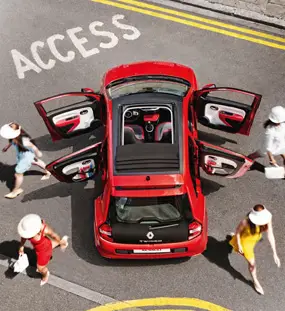 Hmm, thinking about it I’m not sure there were that many. Peugeot put an engine in the back of the 205 to create the 205 T16, but that was a Group-B four-wheel-drive monster – hardly the thing to pop to the newsagents in. Renault did make a few rear-engined 5s and Clios. Oh, hang-on they were mid-engined, and they were intended for racing too.
Hmm, thinking about it I’m not sure there were that many. Peugeot put an engine in the back of the 205 to create the 205 T16, but that was a Group-B four-wheel-drive monster – hardly the thing to pop to the newsagents in. Renault did make a few rear-engined 5s and Clios. Oh, hang-on they were mid-engined, and they were intended for racing too.
By putting the engine in the rear of the car rather than the front you free up a lot of space, you can also make the car shorter and more manoeuvrable. The problem is its more expensive, because you need to manufacture specific parts for the job rather than just picking things you already have available off the shelf. If you’ve ever wondered why most small cars are built in the same fashion, that’s the answer right there: cost.
“Attractive and well-judged”
Renault, thanks to their Nissan-Daimler alliance, already has rear-engined floor-pan on their shelves though. Daimler own Smart, and Renault’s latest Twingo is based on the same underpinnings as the forthcoming Smart Four-Four.
The new Twingo is actually 10cm shorter than the outgoing one, but the cabin is actually 22cm longer as result of that rear-mounted engine layout. You do sit a little upright and loftier than you might at first expect, and for extra comfort it’s worth specifying height adjustable seats if your budget allows. Nevertheless there’s more than enough room for four.
“Bobbly”
Driver and passengers should also find the Twingo’s interior both attractive and well-judged. Whilst it’s been built to a budget it manages not to feel cheap and there’s plenty of storage, be it under the rear seats or in the removable lunch-box-like cubby that sits in the centre console. The front seats also fold flat, so bringing home a bookcase isn’t a problem.
Another nice innovation is the dash-mounted R&Go system, which holds a smartphone and displays a rev-counter (there isn’t one otherwise), a trip-computer, or a sat-nav via the all-important specific apps. It’s clever, removable and it also means that time the Twingo’s dash won’t date in the same way some in-built systems inevitably do.
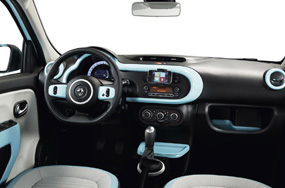 What doesn’t feel quite so modern is the way the Twingo rides and performs. 0-62 in the normally aspirated version (a punchier Turbo is available) takes a near calendar worthy 14.5 seconds, and on poorer surfaces the ride is best described as bobbly. The engine sounds altogether more spin-cycle than sports car and once up to speed there’s a lot of wind noise from around the door-mirrors. Watch out for brakes too, before anything begins to bite the pedal requires an alarmingly long push.
What doesn’t feel quite so modern is the way the Twingo rides and performs. 0-62 in the normally aspirated version (a punchier Turbo is available) takes a near calendar worthy 14.5 seconds, and on poorer surfaces the ride is best described as bobbly. The engine sounds altogether more spin-cycle than sports car and once up to speed there’s a lot of wind noise from around the door-mirrors. Watch out for brakes too, before anything begins to bite the pedal requires an alarmingly long push.
“A joy, not a chore”
For the kind of journeys the Twingo has been designed for though, none of that really proves a problem. Like the best small cars the Twingo comes into its own once it’s in town. Blessed with a London-cab rivalling turning-circle it’s a doddle to park. Its compact dimensions make nipping through traffic a joy, not a chore.
The truth is, in a world where more and more cars feel the same, the new Twingo makes for a welcome, cleverly packaged, cheap, and really rather fun, deviation from the norm.
Renault Twingo Expression SCe 70
Engine: 999cc 3Cyl 12V petrol
Transmission: 5 speed manual, rear wheel drive
Power: 69bhp @ 6000 rpm
Torque: 67 lbft @ 2850 rpm
0-62MPH: 14.5 Sec
Max Speed: 94 mph
CO2: 105 g/km
MPG: 62.8 combined
Price: From £9,495
